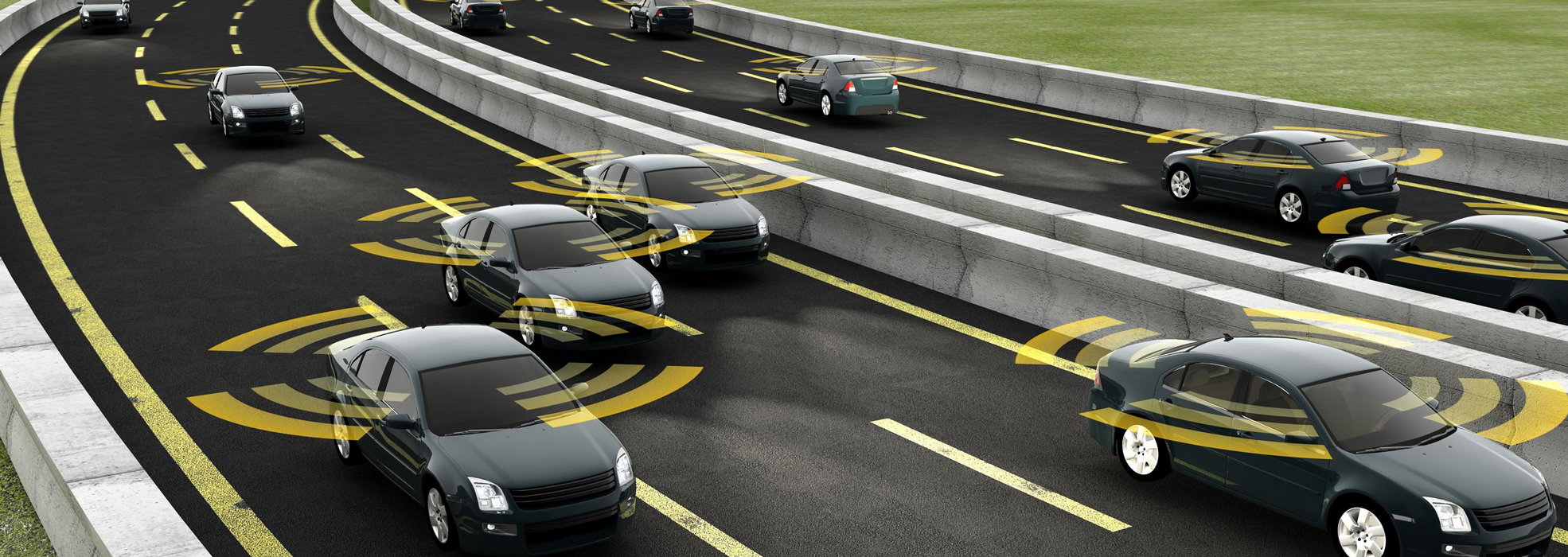The research team in autonomous systems in traffic looks at the interaction between humans and autonomous systems used in traffic. In general it concerns detection, prediction and information activities for a successful interaction between humans and autonomous systems. The areas addressed are:
Intention communication for autonomous vehicles
For the foreseeable future, automated vehicles will exist in cooperation with other road users such as other vehicles, and vulnerable road users (e.g., pedestrians and bicyclists). There is an open research question how these actors could interact to ensure a safe traffic system. Studies includes examining the effect of external communication for autonomous vehicles (interacting with e.g., pedestrians and manual drivers). Concepts for intention communication has evolved via field studies, interviews and questionnaires to gather user requirements, through sketches, and user evaluations.
Methods for intention and action recognition for the autonomous traffic system
This area concerns describing, classification and modelling of the behaviour of automated vehicles and humans for a successful interaction. Use cases of interest in this scenario includes coordinated driving of vehicles (including trucks and cars) on highways and interactions between actors in urban settings.
Test methodology
Different test environments/demonstrators have been developed and/or adapted in cooperation with external industrial partners for testing different concepts to communicate the intentions of automated vehicles to humans. The main methodological challenge has been to enable study of human behaviour of a future technology that does not exist. This challenge has generated the development of new test procedures and test environments/vehicles utilising the “Wizard-of-oZ” (WoZ) techniques and concepts as tools for exploration of future behaviour.


